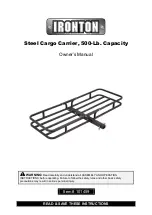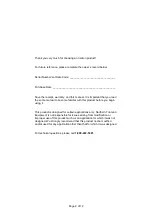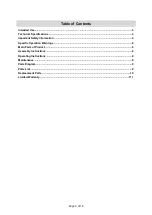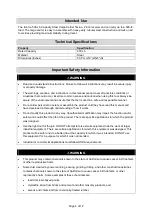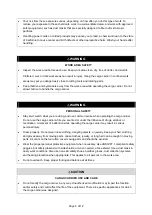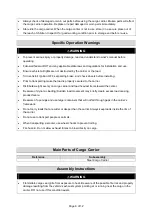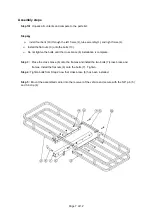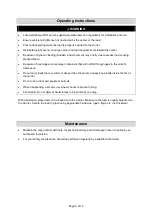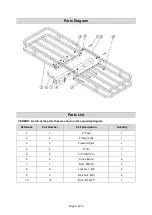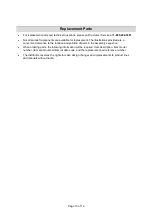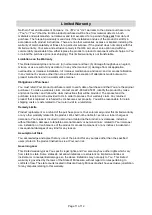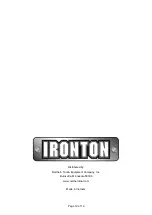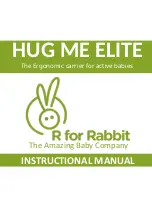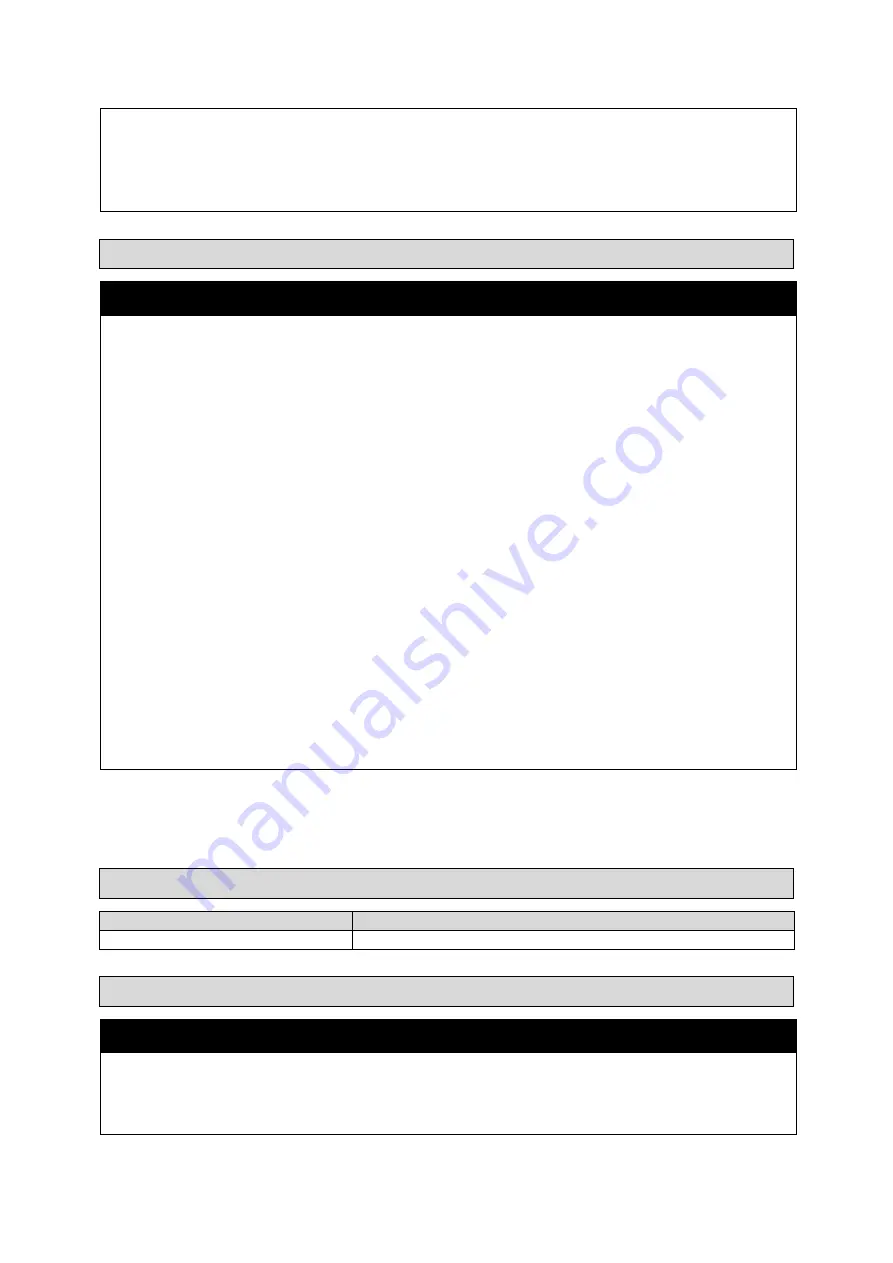
Page 6 of 12
Always check of damaged or worn out parts before using the cargo carrier. Broken parts will affect
the cargo carrier operation. Replace or repair damaged or worn parts immediately.
Store idle the cargo carrier. When the cargo carrier is not in use, store it in a secure place out of
the reach of children. Inspect it for good working condition prior to storage and before re-use.
Specific Operation Warnings
⚠
WARNING
To prevent serious injury or property damage, read and understand owner's manual before
operating.
Follow all federal DOT and any applicable state laws and regulations for installation and use.
Ensure vehicle tail lights are not obstructed by the carrier or the load.
Turn vehicle's ignition OFF, set parking brake, and chock wheels before installing.
Prior to transporting make the load is properly secured to the carrier.
Distribute weight evenly on cargo carrier and load heaviest items toward the center.
Be aware of dynamic loading! Sudden load movement may briefly create excess load causing
product failure.
Be aware of openings and use larger containers that will not fall through gaps in the carrier's
framework.
Do not carry loads that are wider or deeper than the carrier. Always keep loads inside the rim of
the carrier.
Do not use to transport people or animals.
When transporting a scooter, use wheel chocks to prevent rolling.
Fire hazard. Do not allow exhaust fumes to blow directly on cargo.
Main Parts of Cargo Carrier
Reference
Subassembly
1
Steel Cargo Carrier
Assembly Instructions
⚠
WARNING
Flammable cargo can ignite from exposure to heat. Be aware of the possible fire risk and property
damage resulting from the vehicle's exhaust system pointing at or running near the cargo in the
carrier. DO not use if this condition exists.

